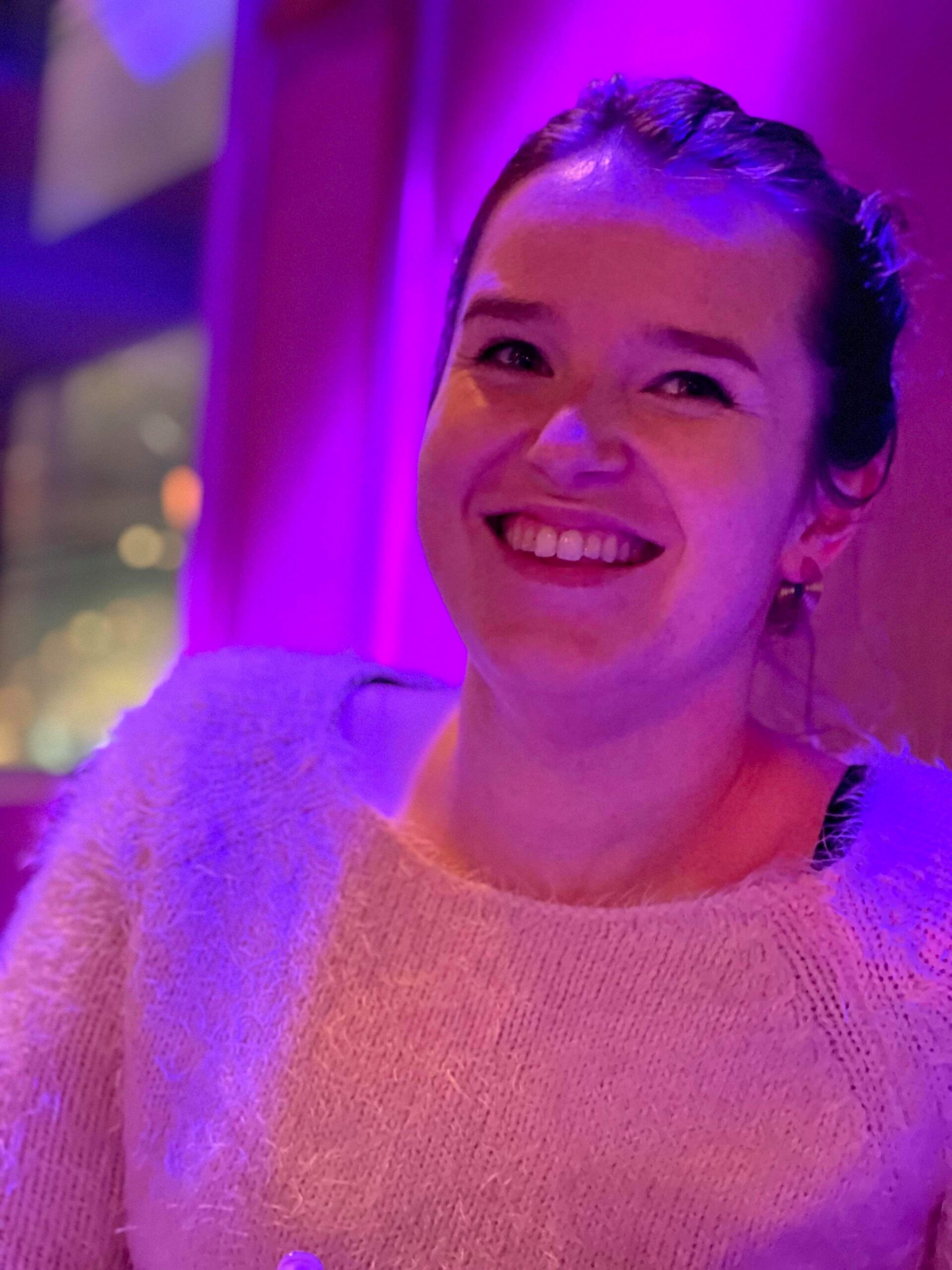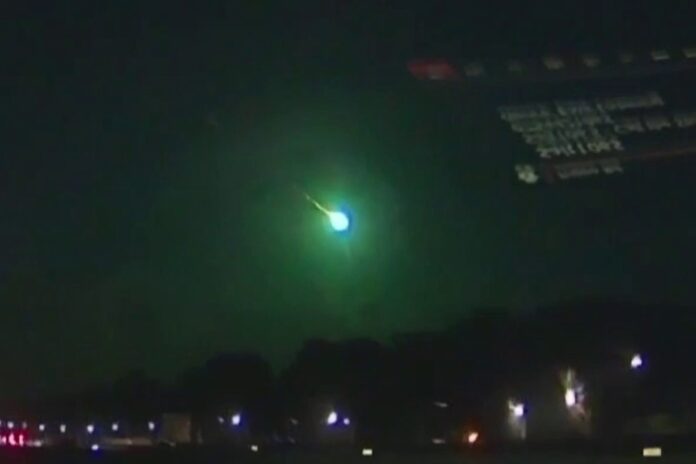Sunshine Coast residents have taken to social media to share their sightings of a meteor last night.
The phenomenon, which was visible about 7.30pm, was part of the Lyrid meteor shower.
“I just saw what looked like a meteor falling. Have I gone crazy? Did anyone else see it? It was so fast I was shocked, couldn’t take any pictures,” one commenter in the Maroochydore Community Group said.
A post in the Pomona Community Noticeboard said: “Did anyone else see the orange and green meteor?!!”
A comment in the Mooloolah Valley Community said: “The Lyrid meteor shower is currently happening. It is unusual to see one this early in the evening in the southern hemisphere so very lucky for those who saw it!!”
Richard Bruinsma captured the following dashcam footage of the meteor about 7.30pm as he drove south on the Bruce Highway near the Banana Bender Hotel at Palmview.
For more local news videos SUBSCRIBE to our YouTube channel. Just click here.
University of Southern Queensland astrophysicist Dr Rebecca McElroy said the Lyrids meteor shower is usually visible from mid to late April.
“Meteor showers appear when multiple small objects, meteoroids, enter the Earth’s atmosphere and burn up,” she said.
“They are small pieces that have been shed by the Comet Thatcher, which is a long-period comet.

“The Lyrids are likely to peak around 2am to 5am, which is a common time to see meteors. We cannot see them in the day time as they aren’t bright enough, and close to sunset and sunrise it is not quite dark enough yet.
“The Earth’s orbit is also a factor. After midnight the part of the Earth you are on turns towards the direction the Earth is travelling. This means you are coming head-on into where the meteors lie in space, making them easier to spot.
“There is another meteor shower that will appear later in the month: the Aquarid meteor shower. We will see the Aquarids later in the month – these are associated with Halley’s Comet.”
Dr McElroy shared some tips for those interested in trying to spot the meteor shower.
“If you can, get out of the cities into a dark area and stay outside for a while to let your eyes adjust,” she said.
“Make sure not to look at your phone or any lights, and you will likely need to watch for a while.
“People are only likely to see 10-20 meteors an hour. This isn’t going to be an intense event.”





